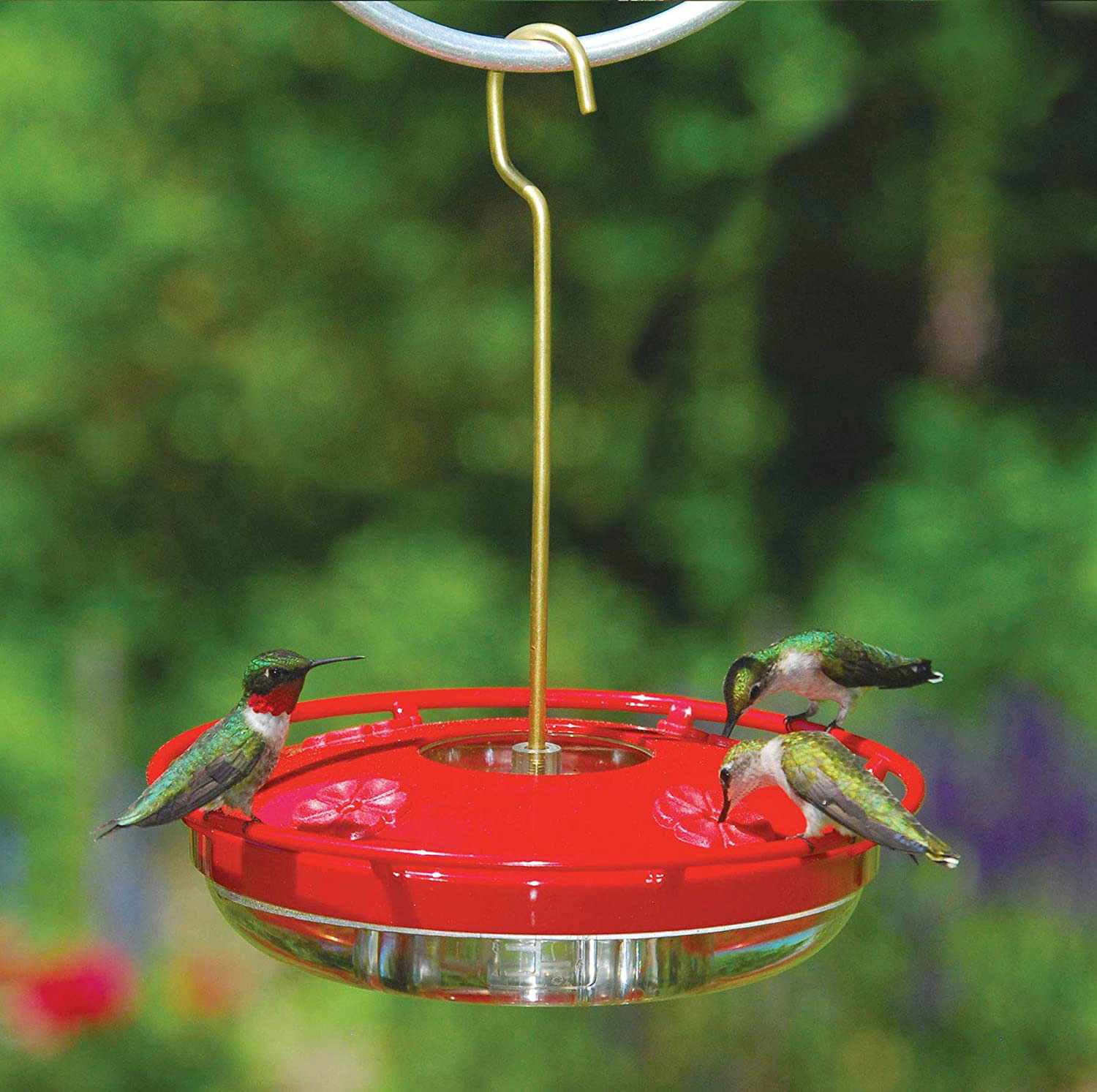Gardening knowledge is built upon wisdom, advice, folklore, and old wives» tales. Much of this know-how originated when farmers had a good harvest and, without scientific research to rely on, they looked for factors that may have contributed to that success. Did they plant during a full moon? Were the clouds low or high in the sky? Let’s review some of the more common old wives» tales about gardening and see which ones are worth trying.
Plants Grow Better if You Talk to Them
Give it a Try – When we talk or sing to our plants, we release carbon dioxide with our breath. This encourages the plant to convert it to oxygen, which in turn produces more growth. Of course, there is no concrete evidence that this really works but, if you enjoy talking out problems (when nobody is around to talk back) or joyfully singing while working in your garden, how can that be a bad thing? It may really be more therapy for you than your plants, but if it feels good, do it!

Use Menthol Rub to Repel Insects on Hummingbird Feeders
Give it a Try – Wasps, bees, and other insects love the sweet nectar in a feeder and will often chase the hummingbirds away. Some gardeners believe that a hummingbird’s sense of smell is not as strong as a bee or wasp and will rub a strong-smelling menthol rub (such as Vicks VapoRub) around the feeding ports to repel unwanted guests. This apparently doesn’t bother the hummingbirds since they can’t smell it as much. Again, this isn’t scientific, but if it works for you, go for it.
Sweeten Your Soil and Tomatoes with Sugar or Baking Soda
Don’t Bother – Gardeners are always on the lookout for tips or tricks to help them grow the best tomatoes. But adding sugar or baking soda to the soil isn’t the way. The sweetness of a tomato is determined primarily by the type of tomato and photosynthesis. They cannot acquire sweetness from soil.
Use Epsom Salts for Healthier Plants
Don’t Bother – The idea that Epsom salts (magnesium sulfate) act as some sort of magical fertilizer regardless of soil conditions is completely unfounded. Before you add any agents to your soil, you need a proper soil test that will indicate any deficiencies in your soil. Only then can you determine what your options are and what effects they will have on the condition of your soil and the environment.
Bury Banana Peels in Your Garden
Give it a Try – Bananas contain potassium that is necessary for some plants, such as roses and ferns. Bury the peels just below the surface where they will quickly rot and add humus to the soil.
Use Chalk to Dissuade Ants
Don’t Bother – Have you drawn a line with chalk thinking ants wouldn’t cross it? Unfortunately, chalk may only temporarily stop ants. And it isn’t just chalk; anything that disrupts the scent trail will briefly stop the march of ants, but it won’t be long before they find another route around the detour and continue their quest to your picnic table.
Show Your Scarecrow Some Love
Give it a Try – Really, what’s the harm? Gardening folklore teaches that if you don’t treat your scarecrow with respect, your crops will die. Give your scarecrow a hat to keep him/her cool in the sun, but don’t loan him your best jacket. Once you have given clothing to a scarecrow you can never wear it again or it will bring bad luck. Scientific proof? Not a chance. But it is a fun gardening legend and you may just wind up with the best-dressed scarecrow in the community.
Plant Potatoes (or Beans, etc.) on Good Friday
Don’t Bother – While many gardeners still believe that you should plant your potatoes on Good Friday, this is hard to follow since the date changes every year. One year the weather may be too cold to plant on Good Friday and another year it may already be too warm. A better rule of thumb is to plant potatoes when spring is in full swing and there is no risk of frost.
If You Can Sit on the Ground Bare-legged, It’s Time to Plant
Give it a Try – For plants to take root and grow, it’s important for the soil to be at a certain temperature before planting. For most vegetables, the soil should be between 55°F and 60°F when measured three inches deep. But before the invention of handy gardening implements such as soil thermometers, how was a gardener to know? According to fun folklore, farmers used their bare posteriors to test soil warmth. If they could sit comfortably on the ground, it was time to sow seeds and seedlings. To keep peace in your neighborhood, either use a soil thermometer or wear shorts this season when you test the soil temperature.
Repel Flies with Pennies in a Water-filled Bag
Give it a Try – Have you ever been seated at an outdoor restaurant and noticed baggies filled with water and pennies suspended from the awnings? While there is no scientific evidence that backs this up, many people claim it works. One idea is that since flies have many eyes, they see lots of potential predators in the reflection of the water and the coins and are scared away. Hang some bags around your next outdoor party and test this theory for yourself.
Sources
Southern Living is committed to using high-quality, reputable sources to support the facts in our articles. Read our editorial guidelines to learn more about how we fact check our content for accuracy.
- University of California, Agriculture and Natural Resources. Garden Myths and Garden Truths. Accessed December 31, 2022.